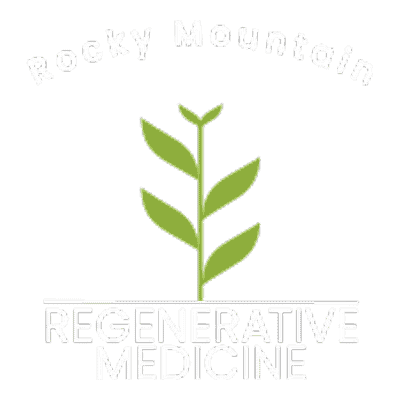THERAPEUTICS | STEM CELL THERAPY
Examples of conditions we treat
(It’s not possible to list all the conditions that stem cells can be used for)
Orthopedics
ACL Surgery
Ankle Fusion
Ankle Tendon/Ligament Repair
Carpal Tunnel Surgery
Disc Tear Repair
Herniated/Bulging Disc Surgery
Hip Labrum Surgery
Knee Replacement
Meniscus Surgery
Nerve Injury Surgery for Pain
Osteoarthritis
Rotator Cuff Surgery
Scoliosis Surgery
Shoulder Replacement
SI Joint Fusion
Spinal Fusion
Spinal Stenosis Surgery
Tennis Elbow Surgery
Thumb CMC Arthroplasty
TFCC Wrist Surgery
Aesthetics
Acne Scars
Alopecia
Fine Lines
Scars
Wrinkles
Stem Cell Therapy: Orthopedics, Aesthetics, & Anti-aging.
Stem cells are the crucial building blocks of all tissues in the body. They repair connective tissue and joint damage that accrues not only during strenuous athletic endeavors, but also with daily wear and tear. As we age, the ability to recruit an adequate number of stem cells to problem areas diminishes. Recovery is prolonged and injuries linger. Our procedures overcome these problems by extracting stem cells from their source, concentrating them in number and directly injecting them at the site of injury. Precision is of paramount importance for an optimal outcome. Therefore, our harvesting and injection procedures are performed with the expertise of guided ultrasound and x-ray.
Adipose (fat) derived Stem Cell Therapy in Spinal Disorders involves several steps starting with obtaining about 50 mL of fat (approximately 3 tablespoons) from the client’s own body using a liposuction procedure. Potential donor sites include the back, thigh, or abdomen. The fat is then processed to isolate the stem-cell-rich portion of the tissue. That portion is then used therapeutically as needed for injury or for age related issues. There is minimal pain and bleeding, the donor sites take about 2-3 days to fully heal, and there is almost no downtime.
Stem cell banking is a process where your stem cells are harvested in the clinic, and then sent to an FDA registered tissue bank. There, the cells are nourished and allowed to multiply several-fold over weeks through a process called culture-expansion. The cells are then frozen and stored for your on-demand use at a future date. A key advantage of the banking process is that from a single harvesting procedure, cells can be used on numerous occasions. It’s the ultimate insurance plan in anticipation of injuries, orthopedic or otherwise.
Are You a Candidate for Stem Cell Treatment?
We may be able to help if you been told you have or need:
Knee replacement, Spinal fusion, TFCC wrist surgery, Si joint fusion, Herniated/Bulging disc surgery, Scoliosis surgery, Thumb CMC Arthroplasty, Spinal stenosis surgery, Nerve injury surgery for pain, Ankle fusion, Hip labrum surgery, Shoulder replacement, Rotator cuff surgery, Carpal tunnel surgery, Disc tear repair, ACL surgery, Meniscus surgery, Plantar plate repair, Shoulder labrum surgery, Tennis elbow surgery, Tommy John surgery, Ankle tendon/ligament repair.
Therapeutic Stem Cell Therapy Denver can have amazing healing and anti-pain effects for joints and soft tissues. These sophisticated technologies can be used to treat conditions like arthritis, degenerative disc disease, muscle/ligament tears, tendinitis, sports-related injuries and more. If you’re looking to avoid surgery, shorten healing time and limit pain, then come speak to one of the few full-service stem cell specialists in the nation.
Therapeutic Stem Cell Therapy Denver can have amazing healing and anti-pain effects for joints and soft tissues. These sophisticated technologies can be used to treat conditions like arthritis, degenerative disc disease, muscle/ligament tears, tendinitis, sports-related injuries and more. If you’re looking to avoid surgery, shorten healing time and limit pain, then come speak to one of the few full-service stem cell specialists in the nation.
Or call/text (720) 739-1616
